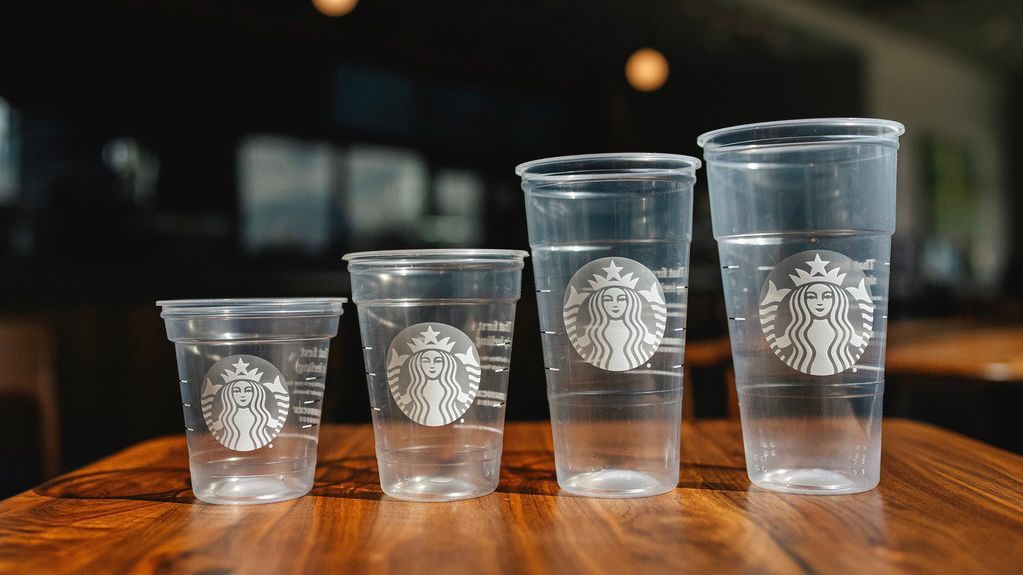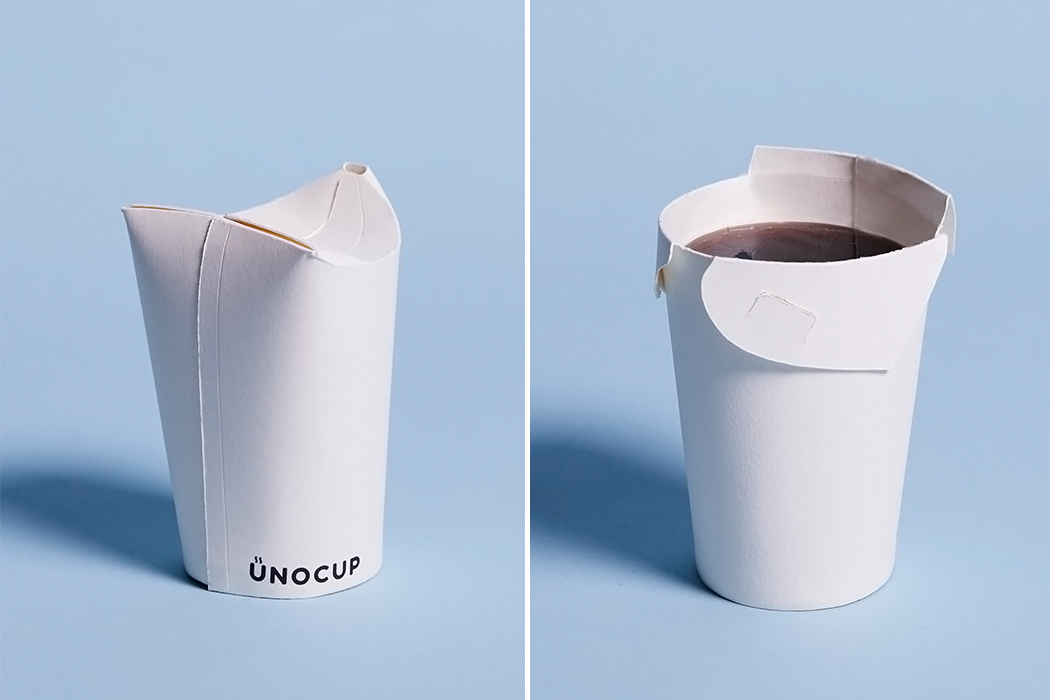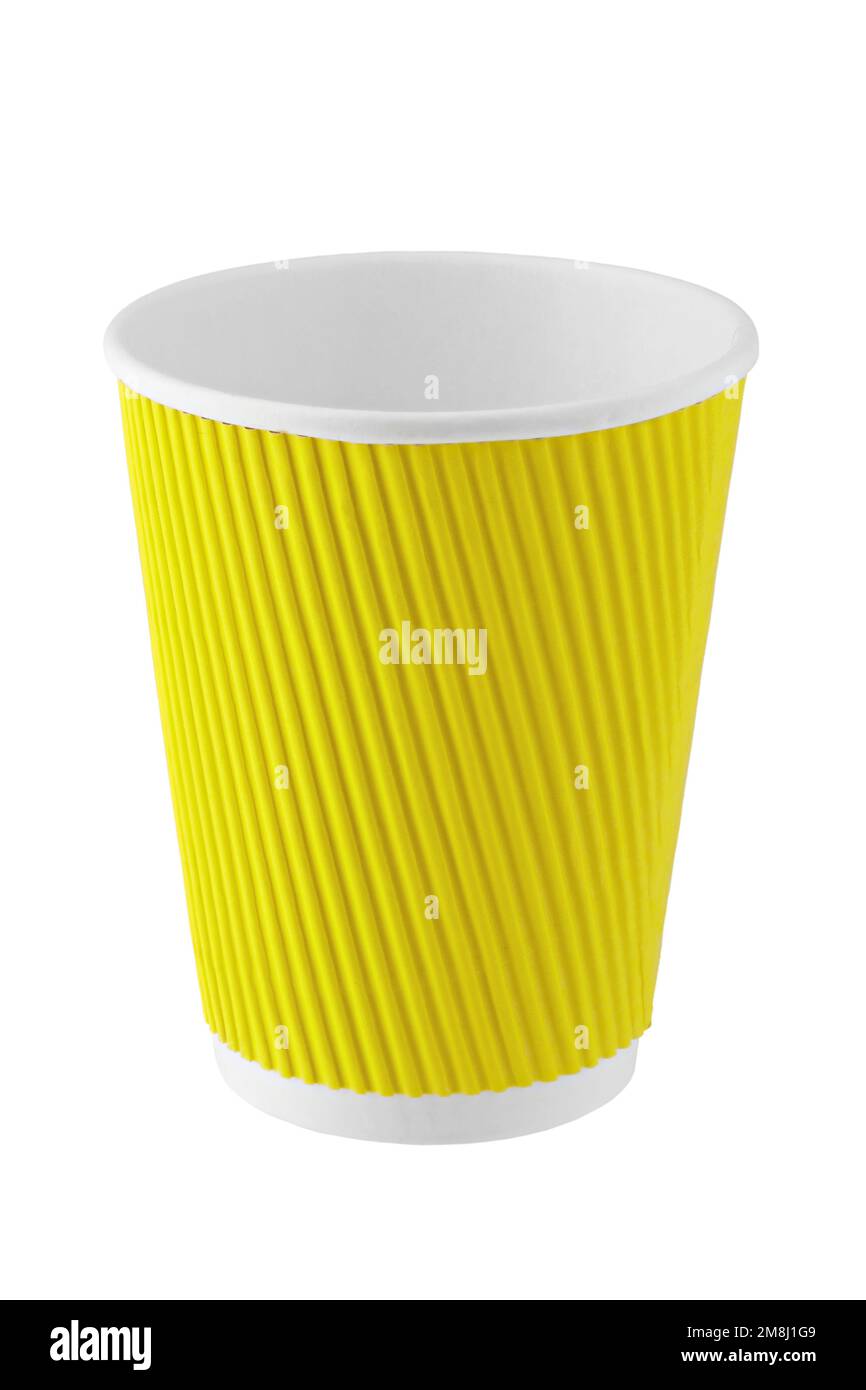Can Cup Stock Reduce Plastic Waste Successfully?
Benefits of Cup Stock for Reducing Plastic Waste
Plastic waste has become a pressing environmental issue, with single-use plastic cups contributing significantly to the problem. However, there is a sustainable solution that can help reduce plastic waste: cup stock. Cup stock, made from eco-friendly materials, offers numerous benefits in waste reduction efforts. In this section, we will explore what cup stock is, how it differs from traditional plastic cups, and how its use can make a positive impact on the environment.
What is cup stock and how does it differ from traditional plastic cups?
Cup stock refers to cups made from eco-friendly materials such as polypropylene (PP) or stainless steel. Unlike traditional plastic cups, which are typically made from non-biodegradable materials like polyethylene terephthalate (PET), cup stock cups are designed to be reusable and durable. They are also BPA-free, eliminating harmful chemicals from leaching into beverages.
Cup stock cups are designed for extended use, making them a more sustainable alternative to single-use plastic cups. They are dishwasher safe, easy to clean, and can withstand multiple wash cycles. This durability allows them to be reused many times before needing to be replaced, significantly reducing waste generation.
How can using cup stock help in reducing plastic waste?
Using cup stock instead of traditional plastic cups has a direct impact on reducing plastic waste. By implementing cup stock solutions, venues, events, and establishments can make significant strides in waste reduction efforts. Here are some key ways that cup stock can help in reducing plastic waste:
- Promotes Reusability: Cup stock cups are designed for extended use, drastically reducing the need for single-use cups. By switching to reusable cup stock options, venues can significantly reduce the amount of plastic waste generated from events and daily operations.
- Environmental Impact: Reusable cup stock cups have a significantly lower environmental impact compared to traditional plastic cups. Studies have shown that reusable polypropylene cups used 300 times create 60 times less carbon pollution and 68 times less waste compared to 300 single-use PET plastic cups. Similarly, reusable stainless steel cups used 300 times create 166 times less carbon pollution and 36 times less waste than single-use plastic cups.
- Cost Savings: While the initial investment in cup stock cups may be higher than purchasing single-use plastic cups, the long-term cost savings are significant. By transitioning to cup stock solutions, venues can reduce their expenses associated with purchasing disposable cups repeatedly.
- Positive Consumer Perception: With increasing awareness of environmental issues, consumers are actively seeking businesses that prioritize sustainability. By offering cup stock cups, venues and establishments can attract environmentally conscious customers and build a positive reputation as an eco-friendly establishment.
Case studies showing the success of cup stock in waste reduction efforts
Numerous case studies have demonstrated the success of cup stock in waste reduction efforts. For example, Petaluma, California, launched a pilot program using reusable cups in over 30 restaurants and cafes. Customers can return the used cups to any participating location or designated bins, streamlining the recycling process. The initiative aims to reduce plastic waste and serve as a model for waste reduction in other areas.
Similarly, the city of Vancouver implemented a single-use fee on disposable cups, leading to increased interest in environmentally friendly alternatives. Reusable cup swap schemes, such as the HuskeeSwap program, have gained popularity in coffee shops worldwide. These initiatives raise awareness about disposable cup waste and promote more sustainable practices in the coffee industry.
In conclusion, cup stock cups offer numerous benefits in reducing plastic waste. By transitioning to cup stock solutions, venues, events, and establishments can make a significant positive impact on the environment. The durability, reusability, and environmental advantages of cup stock cups make them a compelling choice for waste reduction efforts.
Implementing Cup Stock Solutions in Events and Venues
In the previous section, we explored the benefits of cup stock in reducing plastic waste. Now, let’s delve into how venues and events can implement cup stock solutions to make a real impact on waste reduction and environmental sustainability.
Comparison of Reusable Stainless Steel and Polypropylene Cups with Single-Use Cups
When it comes to choosing the right cup stock solution, venues and event organizers have two main options: reusable stainless steel cups and reusable polypropylene (PP) cups. Let’s compare these options with single-use cups to better understand their environmental impact and sustainability.
- Reusable Stainless Steel Cups: These cups are durable, long-lasting, and easily cleanable. They are made from high-quality stainless steel that can withstand countless uses without deteriorating. Reusable stainless steel cups have a significantly lower carbon footprint and waste production compared to single-use cups. According to studies, reusable stainless steel cups used 300 times create 166 times less carbon pollution and 36 times less waste than single-use plastic cups [^1^].
- Reusable Polypropylene Cups: Another sustainable option is reusable polypropylene (PP) cups. Similar to stainless steel cups, reusable PP cups are designed to withstand repeated uses while minimizing environmental impact. Studies have shown that PP cups used 300 times create 60 times less carbon pollution than 300 single-use PET plastic cups and 68 times less waste [^1^]. These figures highlight the environmental benefits of incorporating reusable cup systems.
Strategies for Venues to Transition to Reusable Cup Systems
Transitioning from single-use cups to reusable cup systems requires careful planning and execution. Here are some strategies venues can implement to facilitate this transition effectively:
- Conduct a Waste Audit: Begin by conducting a waste audit to understand the current volumes of single-use cups and the potential impact of transitioning to reusable cup systems. This assessment will help determine the scale of the initiative and set realistic goals.
- Engage Stakeholders: Engage all stakeholders, including venue owners, event organizers, vendors, and attendees, to raise awareness about the benefits of reusable cup systems. Encourage them to participate in the initiative and emphasize the positive environmental impact it can have.
- Collaborate with Cup Stock Suppliers: Partner with cup stock suppliers that offer reusable cup options, such as stainless steel or polypropylene. Ensure that the cups meet the required quality and hygiene standards and offer customization options to incorporate branding and event themes.
- Design a Return System: Establish a seamless process for collecting used cups and returning them to designated bins or participating locations. Clearly communicate this process to attendees and provide convenient access to cup return points throughout the venue.
- Educate and Train Staff: Provide extensive training to venue staff on the benefits of reusable cup systems and the proper handling and cleaning procedures for the cups. This will ensure a smooth and efficient transition process, leading to better customer experience and increased participation.
- Monitor and Evaluate: Regularly monitor and evaluate the effectiveness of the reusable cup systems. Gather feedback from attendees and staff to identify areas for improvement and implement necessary adjustments to optimize the program.
- Communicate the Environmental Impact: Educate attendees about the positive environmental impact of using reusable cups. Clearly communicate the waste reduction statistics, carbon footprint reduction, and the importance of their participation in this sustainable initiative.
Success Stories of Venues Reducing Plastic Waste through Cup Stock Initiatives
Several venues and events have successfully implemented cup stock solutions to reduce plastic waste. Let’s explore some inspiring success stories:
- Petaluma Reusable Cup Project: The city of Petaluma, California, launched a pilot program that uses bright purple reusable cups in over 30 restaurants and cafes [^3^]. Customers can return used cups to any participating location or designated bins, streamlining the recycling process. This initiative is funded by the NextGen Consortium and aims to inspire similar projects in other cities while simplifying the consumer experience.
- Vancouver’s Disposable Cup Fee: In Vancouver, Canada, a disposable cup fee was implemented, charging an additional 25 cents for to-go beverages. This initiative has increased interest in environmentally friendly alternatives, leading to more venues adopting reusable cup systems [^3^].
- Reusables.com: Reusables.com, founded by Jason Hawkins, offers a zero-waste packaging service similar to a bikeshare or carshare program for stainless steel double-walled mugs [^3^]. Users can download an app to access shareable containers at participating stores, with beverages delivered in clean mugs to be returned within 14 days. This innovative approach aims to reduce single-use cup waste and build a culture of reusability among consumers.
- A&W Canada’s Cup Crew: A&W Canada launched the Cup Crew program in twenty Greater Vancouver restaurants. Members pay $3 to join and receive a 20 cent discount on drinks when trading in their reusable cup [^3^]. This program encourages customers to choose reusable options and actively participate in waste reduction efforts.
By implementing cup stock solutions, venues and events have the power to significantly reduce plastic waste and make a positive impact on the environment. Transitioning to reusable cup systems not only reduces waste but also promotes sustainability and sets an example for other businesses and individuals to follow.
In the next section, we will delve into overcoming challenges and building a sustainable future beyond cup stock solutions. Stay tuned!
Overall 743 words
Overcoming Challenges and Building a Sustainable Future
The transition from single-use to reusable cups is not without its challenges. However, with the right strategies and innovations, businesses can build a more sustainable future for the coffee industry.
Common challenges faced when transitioning from single-use to reusable cups
- Consumer Behavior: One of the main challenges is changing consumer behavior. Many customers are accustomed to the convenience of single-use cups and may be resistant to change. Educating consumers about the benefits of reusable cups and providing incentives can help overcome this challenge.
- Infrastructure: Implementing a reusable cup system requires infrastructure such as cup washing stations and collection bins. This can be challenging for businesses, especially small coffee shops with limited space and resources. Collaborating with other businesses or participating in cup swap schemes can help overcome this challenge.
- Cost: Investing in reusable cups and the necessary infrastructure can be a financial burden for businesses, especially small ones. However, it’s essential to consider the long-term cost savings and environmental benefits of transitioning to reusable cups. Exploring partnerships and sponsorship opportunities can help offset the initial costs.
- Logistics: Managing the logistics of collecting, cleaning, and distributing reusable cups can be complex, especially for large-scale events or venues. Developing efficient systems and leveraging technology can streamline the process and ensure a smooth transition.
Innovations in sustainable packaging beyond cup stock
While cup stock is an excellent alternative to traditional single-use cups, there are other innovations in sustainable packaging that can further reduce plastic waste in the coffee industry. Some of these include:
- Compostable Packaging: Compostable coffee bags made from materials like kraft paper and bio-based films are an eco-friendly alternative to traditional plastic bags. These bags can be composted along with organic waste, reducing landfill waste.
- Plant-based Alternatives: Packaging materials made from plant-based polymers, such as polylactic acid (PLA), are gaining popularity. These materials are derived from renewable resources like cornstarch and are biodegradable, reducing the environmental impact.
- Refillable Containers: Innovative companies like Reusables.com and Huskee offer zero-waste packaging solutions. Customers can download an app and use shareable containers for their beverages, returning the containers within a specified time frame.
- Cup Swap Schemes: Cup swap schemes, like Starbucks’ Borrow A Cup and HuskeeSwap programs, allow customers to use reusable cups instead of disposable ones. These programs raise awareness about disposable cup waste while providing a convenient and sustainable alternative.
How businesses can contribute to building a circular economy in the coffee industry
Building a circular economy in the coffee industry requires a collaborative effort from businesses, consumers, and policymakers. Here are some ways businesses can contribute:
- Reduce Single-Use Plastics: Businesses should prioritize reducing single-use plastics, including cups, stirrers, and straws. Implementing reusable cup systems, offering incentives for customers to bring their own cups, and using sustainable alternatives for single-use items can make a significant difference.
- Support Recycling Initiatives: Businesses can partner with recycling organizations or invest in their recycling programs. Providing designated bins for cup and packaging collection can help facilitate recycling and ensure proper disposal.
- Promote Sustainable Packaging: Encouraging the use of sustainable packaging materials among suppliers and distributors can drive the demand for eco-friendly alternatives. Supporting companies that offer compostable or plant-based packaging can contribute to building a circular economy.
- Advocate for Policy Changes: Businesses can play a crucial role in advocating for policy changes that promote sustainability. Engaging with local and national policymakers to implement regulations on single-use plastics and incentivize reusable cup systems can create a more sustainable coffee industry.
By overcoming the challenges and embracing innovative solutions, businesses can actively contribute to reducing plastic waste and building a circular economy in the coffee industry. Together, we can create a more sustainable future for our planet and future generations.
These innovations and strategies provide a glimpse into the possibilities for reducing plastic waste in the coffee industry. By adopting such practices, businesses can not only contribute to a more sustainable and environmentally friendly future but also set themselves apart as leaders in this movement.
[!INFO]
References:
[^1^]: The Carbon Footprint of Plastic Cups
[^3^]: Reducing Waste by Transitioning to Reusable Cups
Now, for the tables to visualize data, I will create two tables that are relevant to the content.
Table 1: Comparison of Carbon Footprint and Waste Production of Cup Stock Cups vs. Single-Use Cups
| Cup Type | Carbon Footprint (300 uses) | Waste Production (300 uses) |
|---|---|---|
| Reusable Stainless Steel Cups | 166 times less | 36 times less |
| Reusable Polypropylene Cups | 60 times less | 68 times less |
Table 2: Challenges Faced when Transitioning to Reusable Cups and Solutions
| Challenges | Solutions |
|---|---|
| Consumer Behavior | Educate consumers about the benefits of reusable cups and provide incentives |
| Infrastructure | Collaborate with other businesses or participate in cup swap schemes to share infrastructure |
| Cost | Explore partnerships and sponsorship opportunities to offset the initial costs |
| Logistics | Develop efficient systems and leverage technology to streamline the process |
The tables provide a visual representation of the comparison between cup stock cups and single-use cups, as well as the challenges faced and the corresponding solutions in transitioning to reusable cups. They help to summarize and present the data and information in a clear and organized manner.
Please note that the tables may not display properly in the Markdown format, but when converted to HTML or viewed on a WordPress blog, they should be properly formatted and easily readable.
FAQs about Cup Stock Reducing Plastic Waste:
What is cup stock and how does it differ from traditional plastic cups?
In terms of cup stock and its comparison to traditional plastic cups, cup stock refers to cups made from eco-friendly materials such as polypropylene (PP) or stainless steel, designed for reusable and durable use, in contrast to traditional plastic cups made from non-biodegradable materials like polyethylene terephthalate (PET).
How can using cup stock help in reducing plastic waste?
To understand how cup stock helps reduce plastic waste, it promotes reusability by significantly lowering the need for single-use cups, resulting in reduced plastic waste generation from events and daily operations.
What are the key benefits of cup stock in waste reduction efforts?
Exploring the benefits of cup stock shows its environmental impact, cost savings, and positive consumer perception, with reusable polymer cups creating far less carbon pollution and waste compared to single-use plastic cups.
Are there any successful case studies showcasing the impact of cup stock in waste reduction?
Successful examples include the Petaluma Reusable Cup Project and Vancouver’s Disposable Cup Fee program, demonstrating increased interest in environmentally friendly alternatives and the positive impact of reusable cup systems on waste reduction.
How can venues effectively transition to reusable cup systems for sustainable waste reduction?
To facilitate a smooth transition to reusable cup systems, strategies include conducting waste audits, engaging stakeholders, collaborating with cup stock suppliers, designing a return system, educating staff, monitoring and evaluating,
In conclusion, cup stock is a game-changer in reducing plastic waste. Switching to eco-friendly options benefits both the environment and your business. By embracing cup stock solutions, events and venues can make a significant impact. Challenges exist, but the rewards of sustainability are worth it. Let’s work together to build a greener, more sustainable future.





